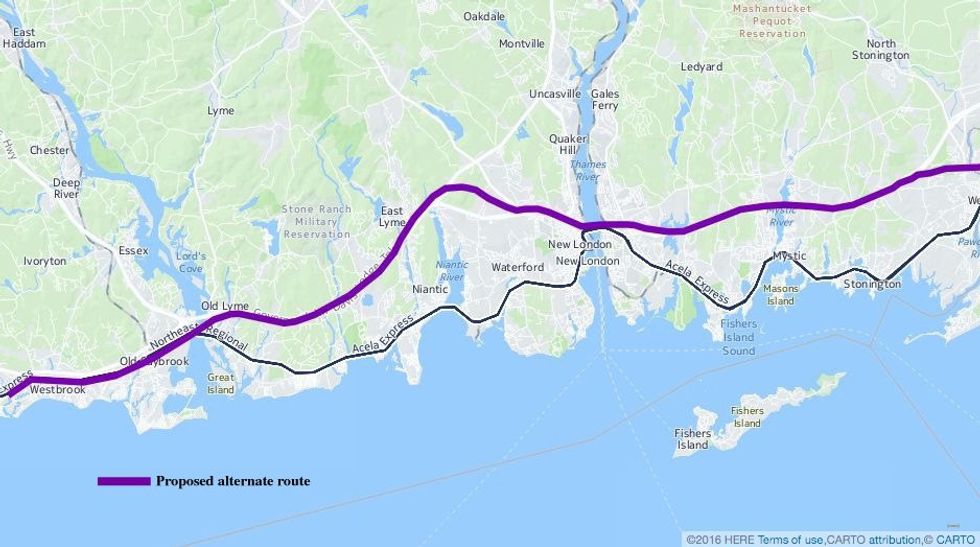It’s been drilled into the American public’s heads: America’s infrastructure is crumbling. Thousands of dams, bridges and ports across the nation have been deemed critically in disrepair. Congress has made pushes for further investment into infrastructure projects, due to public outcry as well as following presidential campaign rhetoric. America’s transportation focus for the past half a century has focused on expanding federal highways and airports, neglecting one of the most economically viable systems that no country in the world has: our rail system.
For more than 150 years, our rail system has become the arteries for a growing country. Until 1970, there were multiple private companies that operated the thousands of miles of track that transported people and goods from one coast to another. It was in 1970 that the U.S. government took over all passenger rail service and created Amtrak. Never has there been a time more necessary to improve America’s aging rail system, which has not seen many improvements for more than 100 years.
However, things may be harder than just throwing money to find a solution. Recently, Amtrak, the pseudo governmental agency in charge of the nation’s passenger rail service, has released their report on a multi decade expansion of the Northeast Corridor (NEC). The NEC is Amtrak’s most profitable route, running from Washington, DC to Boston, Massachusetts. Nearly 15-million riders take this line alone every year and the number begins to grow, with nearly a 10-percent increase in the next decade alone.
Amtrak released the NEC future Tier 1 Draft, a report that outlined the vision of Amtrak’s expansion to the year 2040 with improvements to the NEC. With it comes three alternative plans for best expanding the NEC with additional tracks or new routes to allow for high speed travel rather than meandering and short curves. Many communities in costal Connecticut have vented their opposition to alternative one, which would entertain the development of new track that would follow Interstate 95 as it goes through Connecticut and Rhode Island. Man communities, such as Old Lyme, have vehemently been against it. They cite that the expanded rail would cut through vulnerable ecosystems and fragile marshland. Communities like Mystic, which rely heavily on tourism for their economy, cite that the expanded rail route would disrupt the historical beauty and importance of their communities.
Even Connecticut Congressional members weren’t on board with the project’s first alternative plan.
What the project would mean for the rest of the nation is faster and more efficient travel from Washington to Boston. What this would mean for those directly impacted would be years of construction and disruption, as well as necessary relocation of business and communities, pending on which proposal is taken into consideration.
The communities of coastal Connecticut don’t want new tracks going through their backyard. But at the same time, expansion may be necessary for future generations. The current system of tracks follows the same track routes laid down 100-years ago, causing trains to slow down and therefore lose time.
Improvements on the NEC are necessary for the future demand on the system, but how the United States Federal Government goes about will take time and dialogue with the communities this project will affect.
To learn more about the project, follow this link.






















